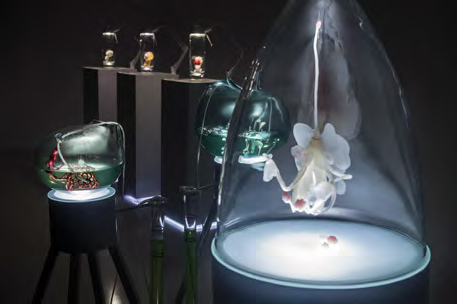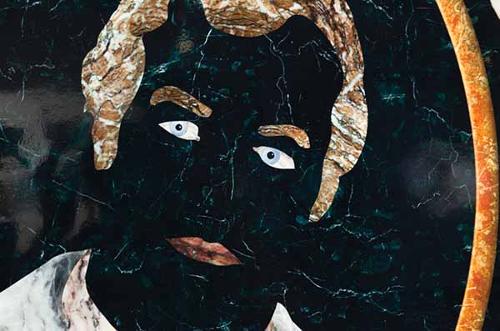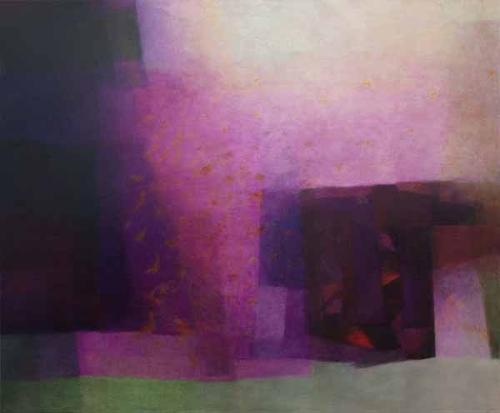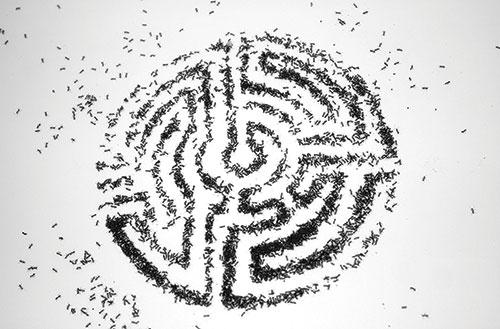
A world in flux is what we see each time we look up. Old orders collapse, new systems arise and for life on the planet the challenge now more than ever is to adapt or die. If this were not so there would be no place for art which draws our attention to what these adaptations might look like and how they might either hasten the destruction of the ecosystem or help rebuild it. As science makes it possible for technicians to get to the basic mechanics of how life evolves, and change it (evo-devo), artists are there at the observation point, looking into the DNA of a brave new world.[1]
An instinct that this is the main game drives artists for the first time in centuries to co-habit with scientists in the lab. The biotechnology industry is, like the pharmaceutical industry, an arena where profit leads the way, and the biosphere takes its chances. The large number of scientific institutes that welcome artists into their teams seems to point to a real desire on the part of scientists for a sounding board made up of people with a similarly creative bent who can not only see what is likely to happen as a result of biotechnology but might have some genuine insights into how as a species we should proceed.
This issue is the result of a two year conversation between myself and curator Melentie Pandilovski,[2] who pointed me in the direction of many new artists and writers internationally as well as sourcing several articles and contributing a long introductory essay while simultaneously in his present position as Director of Video Pool in Winnipeg creating inspirational exhibitions such as Toxicity at Plug In ICA, Winnipeg (6 December 2013 – 8 February 2014).
Other mentors, whose expert knowledge and generous contribution of ideas and contacts have been invaluable over the past year are the artist Helen Pynor (Australia/UK) and gallerist Robert Devcic of GV Art in London and it has been a privilege to work with the many distinguished artists and writers.
Footnotes
- ^ Artlink issues, Art & Medicine (17:2) and The Improved Body: Animals & Humans (22:1), also explored the bio art theme.
- ^ Pandilovski curated groundbreaking exhibitions Art in the Biotech Era in 2004 –2009, as Director of the then Experimental Art Foundation, (cringingly renamed the Australian Experimental Art Foundation by a subsequent Director and Board – how is Australian experimental art different from experimental art anywhere else?)












